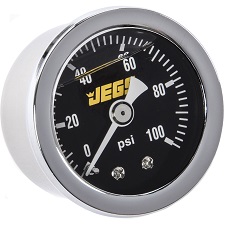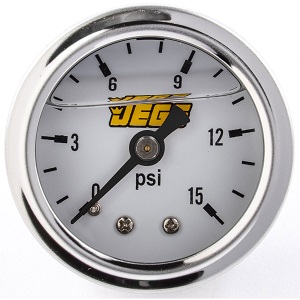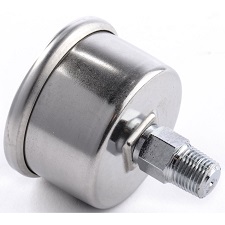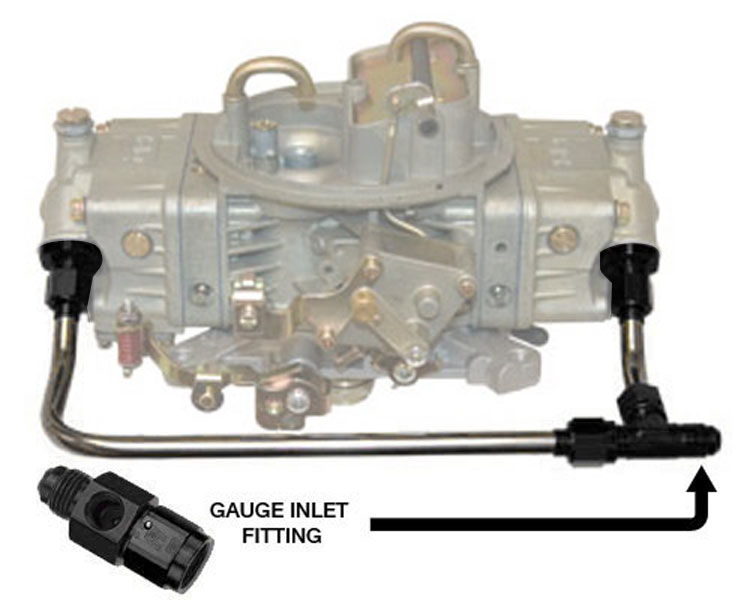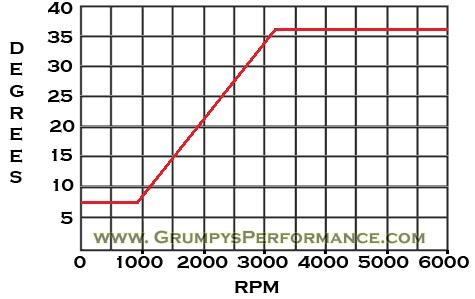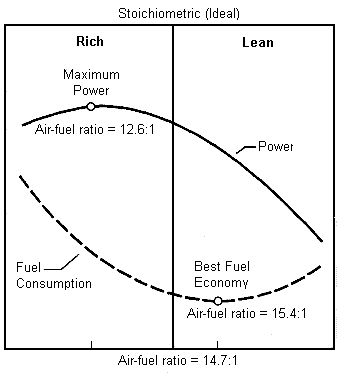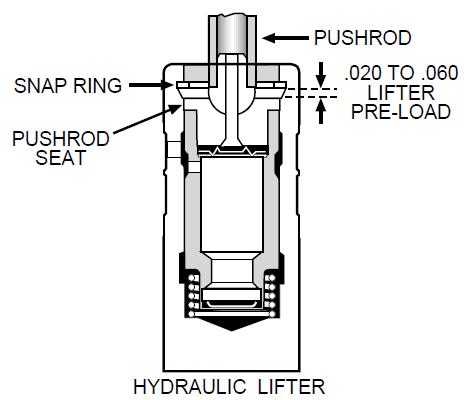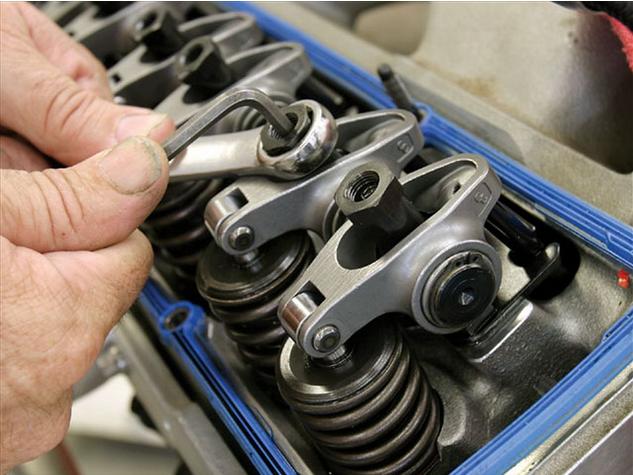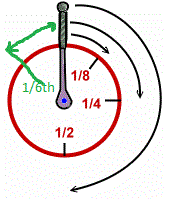I've decided to split the tuning post from my engine build thread, even thou I have
already posted some pertinent information. To read about the AEM AQ-1 data
logger and drill passages in my Speed Demon start with the link below. The
information is in the next 4-5 pages.
http://garage.grumpysperformance.co...gine-project-dart-shp.3814/page-85#post-46076
To start with I wanted to set a baseline for fuel mileage.
Filled tank to 11.5 inches and set trip meter to zero. Used the north most pump and
the car was pointed west. Had to return home to plug the electrical connector in the
trans so I could lock up the torque converter. Drove five miles before getting on the
highway. The trip was driven mostly at 65 MPH.
Returned the same pump headed west again to fill up to 11.5 inches.
Trip was 52.5 miles and the tank took 3.6 gallon to return it to the 11.5 inch mark.
That equates to 14.6 MPG. The AFR meter was hovering around 11.0/1, should be
around 15.0/1
I finally got the AQ-1 installed and wired, but I'm having trouble with the RPM trace.
My RPM is varying between 900 and 29,000 which is greatly out of range on the top
end. I didn't rev the motor over 3500 RPM. I tried logging at 20/sec and 10/sec, but
as expected that did not make a difference. The RPM graph does shift up and down
depending on the throttle position.
Green line is RPM, Purple is MAP and Tan is TPS


I disconnected the one new device(SpeedHut Tach) that also connects to the (-) side
of the MSD Blaster coil. That made no difference.
I have a different configuration this time than I did last summer when it worked as
expected on the same car. I have rewired the complete car, so that is different.
Any ideas as to what is causing the erratic RPM graph? What can I do to fix the problem?
Below I'm programming the AQ-1 for all 8 inputs, 5 of which are coming from the gauges
in the dash. The other 3 are MAP, TPS and RPM. Therefore I'm logging:
Fuel Pressure
Oil Pressure
Water Temp
Trans Temp
AFR
MAP
TPS
RPM

already posted some pertinent information. To read about the AEM AQ-1 data
logger and drill passages in my Speed Demon start with the link below. The
information is in the next 4-5 pages.
http://garage.grumpysperformance.co...gine-project-dart-shp.3814/page-85#post-46076
To start with I wanted to set a baseline for fuel mileage.
Filled tank to 11.5 inches and set trip meter to zero. Used the north most pump and
the car was pointed west. Had to return home to plug the electrical connector in the
trans so I could lock up the torque converter. Drove five miles before getting on the
highway. The trip was driven mostly at 65 MPH.
Returned the same pump headed west again to fill up to 11.5 inches.
Trip was 52.5 miles and the tank took 3.6 gallon to return it to the 11.5 inch mark.
That equates to 14.6 MPG. The AFR meter was hovering around 11.0/1, should be
around 15.0/1
I finally got the AQ-1 installed and wired, but I'm having trouble with the RPM trace.
My RPM is varying between 900 and 29,000 which is greatly out of range on the top
end. I didn't rev the motor over 3500 RPM. I tried logging at 20/sec and 10/sec, but
as expected that did not make a difference. The RPM graph does shift up and down
depending on the throttle position.
Green line is RPM, Purple is MAP and Tan is TPS

I disconnected the one new device(SpeedHut Tach) that also connects to the (-) side
of the MSD Blaster coil. That made no difference.
I have a different configuration this time than I did last summer when it worked as
expected on the same car. I have rewired the complete car, so that is different.
Any ideas as to what is causing the erratic RPM graph? What can I do to fix the problem?
Below I'm programming the AQ-1 for all 8 inputs, 5 of which are coming from the gauges
in the dash. The other 3 are MAP, TPS and RPM. Therefore I'm logging:
Fuel Pressure
Oil Pressure
Water Temp
Trans Temp
AFR
MAP
TPS
RPM



